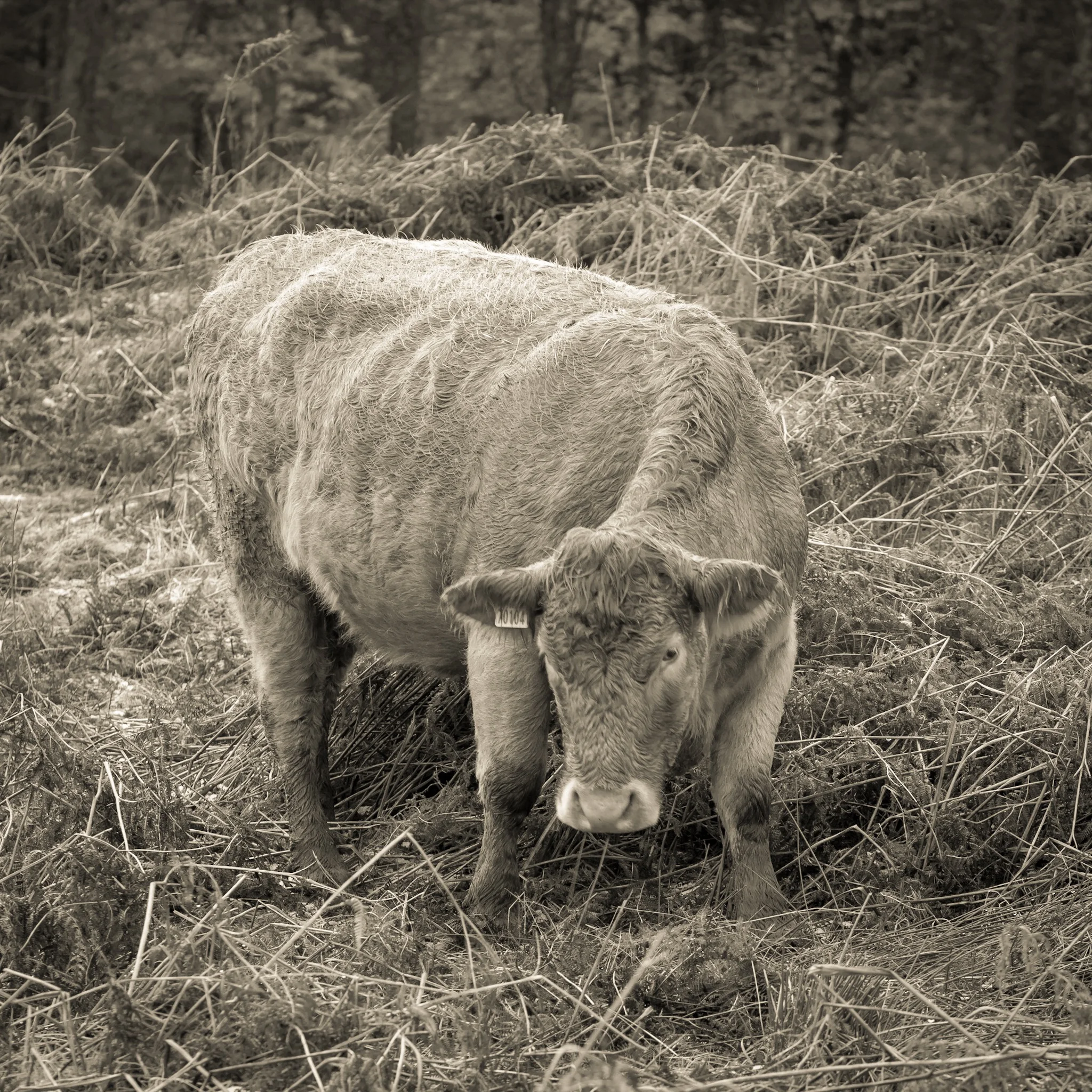Out of Focus
We spend so much time getting our photographs sharp. For this exercise, we are going to explore intentionally blurring our photographs.
Defocus the backgrounds
Defocusing the background is a simple way to create subject isolation. Do you know how to induce this easily?
A full range of tones
We are told a photograph needs a full range of tones, every one between black and white. This gives our photographs true depth and feeling. For this exercise we are going to explore the effects of the tonal range of the photograph.
What is your sharpest lens and aperture combination?
Do you know which lens is your sharpest lens? Do you know what focal length is its sharpest?
Figure it out and let’s use it to see what we can do.
The Point of Power
The point of power comes to us directly from the world of advertising. Advertisers have to be clued up as to where the best spot in a magazine is to put their advertising. Did you know the price of an advertisement varies based on its location? Back cover is the most expensive. Inside front is cheaper. In this exercise we explore one particular spot in a page. The terminal area.
What do you love?
I find my best work is directly related to my personal passions. My loves.
What do you love to photograph? Is it your best work? Is your favorite work of subjects you are most passionate about?
Do you know what you’re passionate about photographing?
Dominant Mass
Dominant Mass is a fantastic compositional device. One that is not talked about or really understood. In this exercise, we will explore when it’s dominant mass or not.
Four different quadrants or four different corners
When composing an artwork, it is often easier to concentrate on other ideas than just the subject. We are going to explore creating different quadrants in a composition and creating different corners.
Analyse your favourite photographs
Understanding why your favourite photographs work will help you take better photographs. Yes, it is that simple. The more you analyse your own work and the work of others the better. For this exercise, I ask you to sit with one of your own favourite photographs and contemplate why it works for you.
Depth of Field
Are you in control of your depth of field. A quick experiment will check your skills. Then go on to show us your skills.
How still can you hand hold your camera?
You need to know which shutter speeds you can reliably use. The only way to do this is to work them out.
Exploring the tipping point
Searching for the tipping point in any visual medium is worthwhile. Spend some time trying to break your compositions, find that very special edge between success and failure.
Photographs are everywhere
This exercise is about pushing past the obvious and trying to see more that what initially meets the eye. This exercise will need you to visit a relatively random location.
Dutch Angle
A dutch angle is a cinematographers technique that skews the horizon at an angle. Explore what intentionally tilting the camera can achieve and how it effects the visual language of a photograph.
In the style of....
In this exercise you will be asked to create photographs in the style of one of your favorite artists, artworks or artistic techniques.
Camera Cuddle
How well do you know your camera. Can you use it without thinking. Do you intentionally practice. Here is an exercise that makes you practice.



















